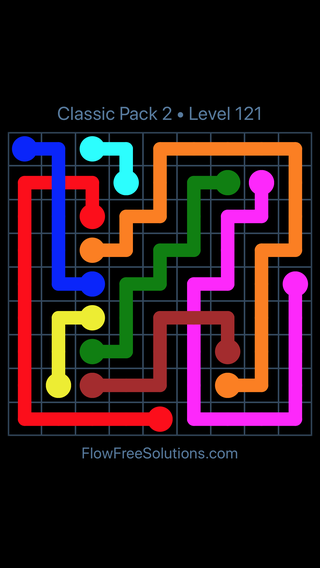


Public art museums and sponsored art competitions and exhibitions made increasing efforts to be ‘representative’ of South Africans of all races, cultures, creeds, sexes and genders. On a practical level, the administration of the arts was being re-evaluated and contested by both independent and politically-aligned arts groups. After 1990, with these pressures alleviating, there was a stage of uncertainty as to the role, responsibility, and focus of visual art in a post-‘struggle’ context, however there was also an unprecedented upswing in interest and investment in it. Many contemporary South African artists called attention to apartheid oppression and human rights abuses during the 1980s.

The debates relevant to these galleries linked to those prevalent in the arts, museology, and politics at the time. The study focuses specifically on the Johannesburg Art Gallery, the South African National Gallery, and the Durban Art Gallery, delineating the events and exhibitions held, the programmes initiated, and the artists represented by these galleries during this post-apartheid/pre-democracy phase of the country’s history. This was a period of great change in the country, spanning from the unbanning of left-wing political parties and Nelson Mandela’s release from prison, to the first democratic elections which resulted in his inauguration as President of South Africa. This thesis centres on the debates informing the progress of three public art galleries in South Africa between 19.


 0 kommentar(er)
0 kommentar(er)
